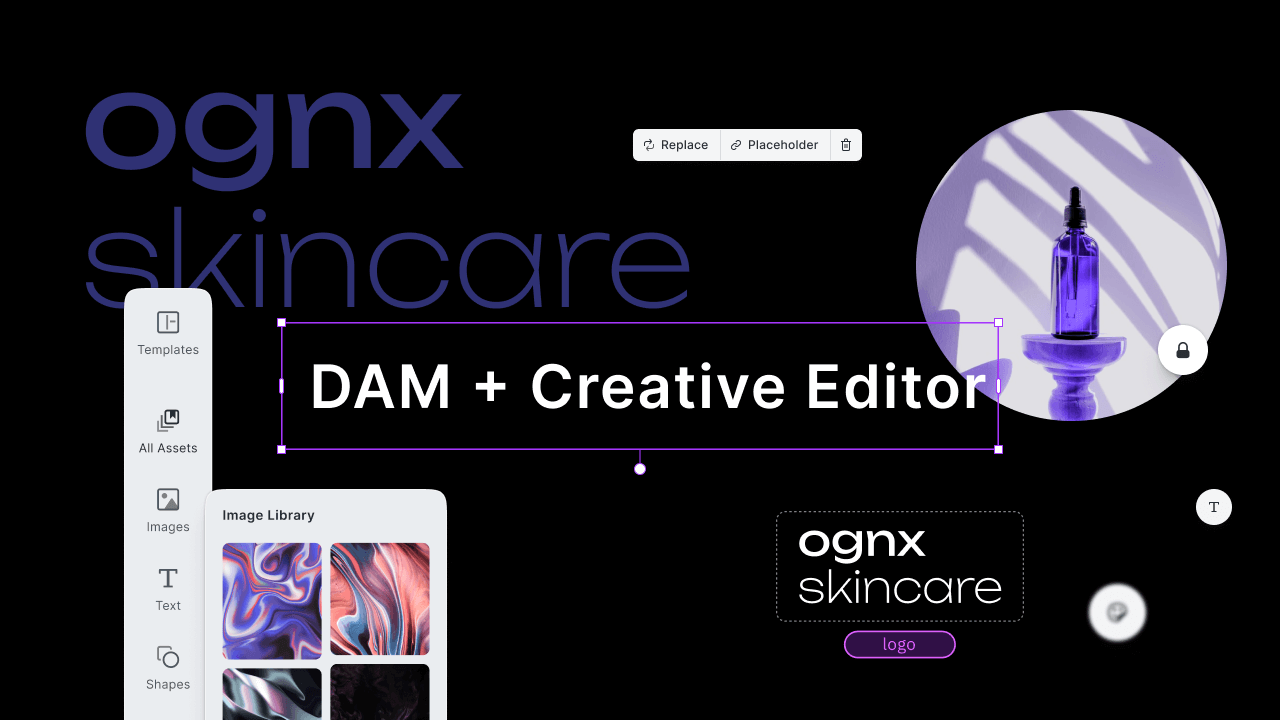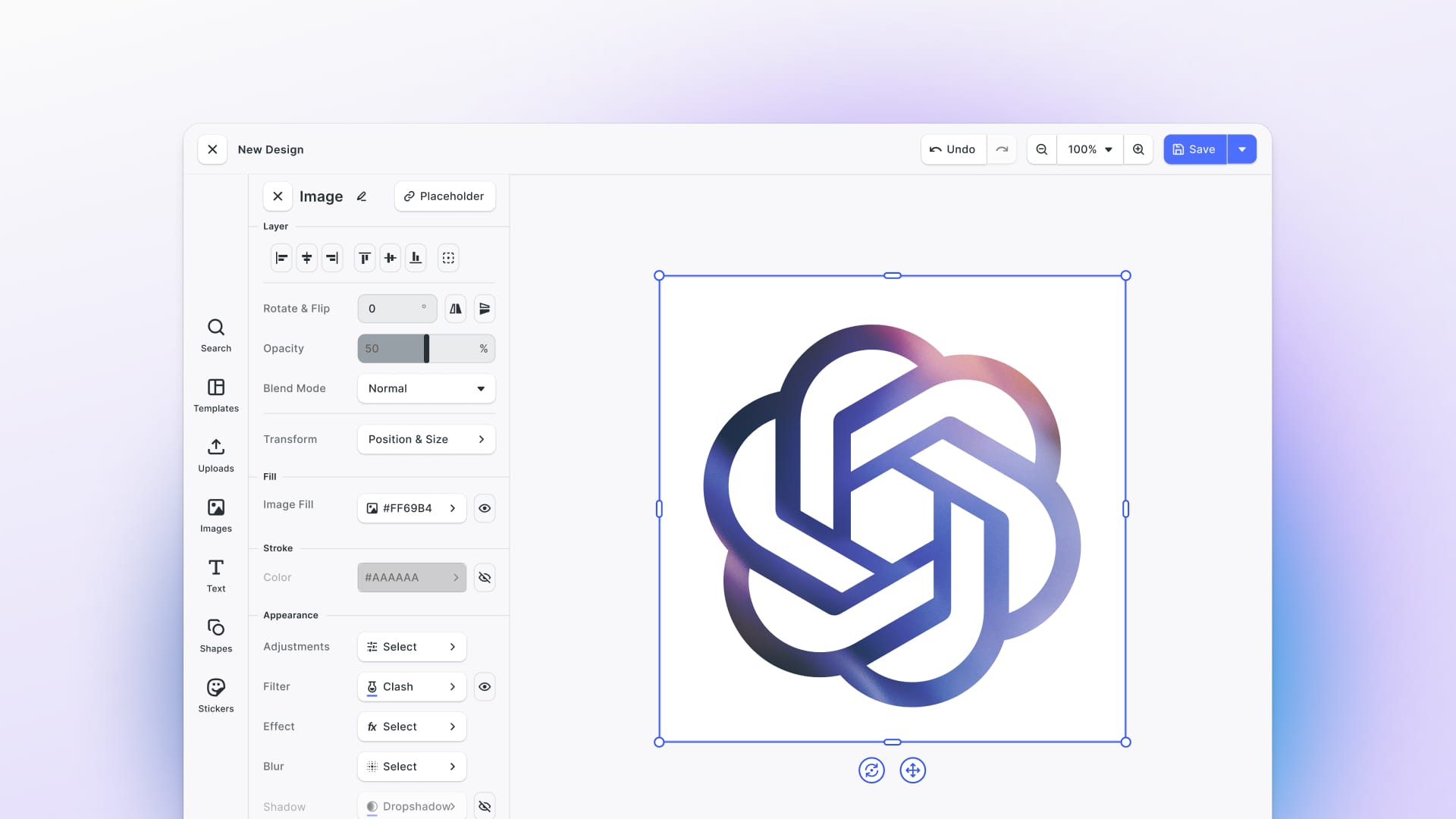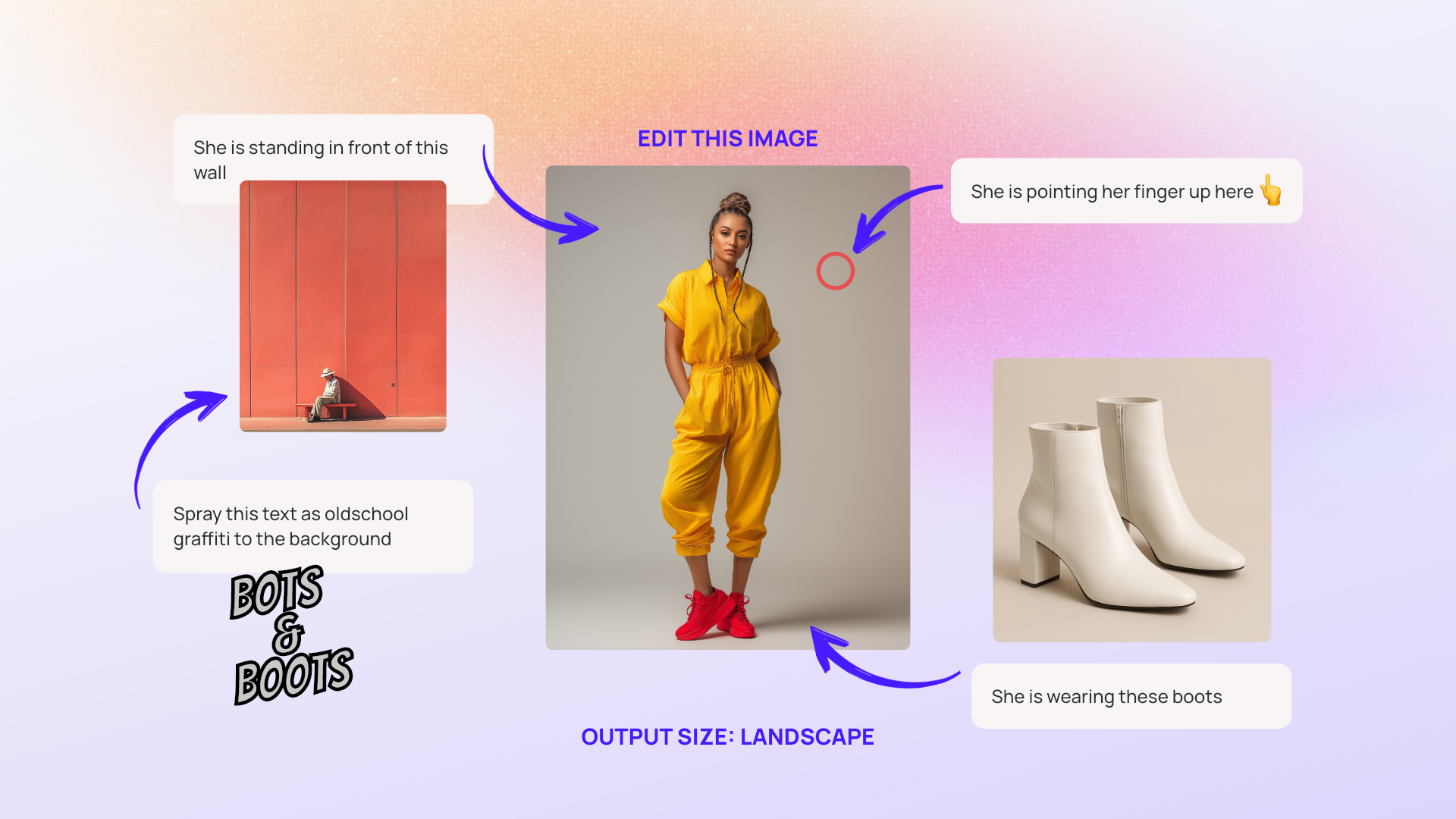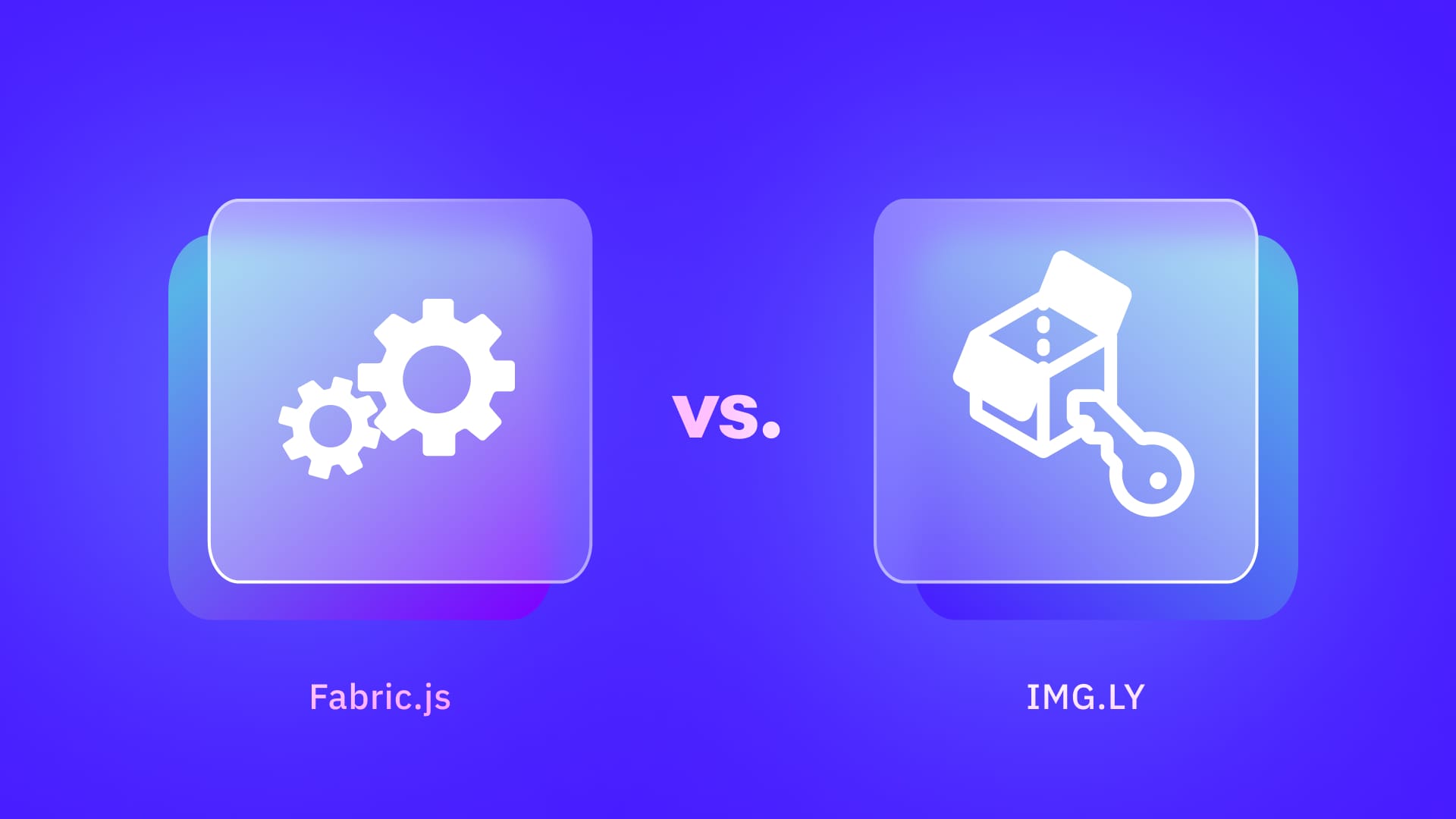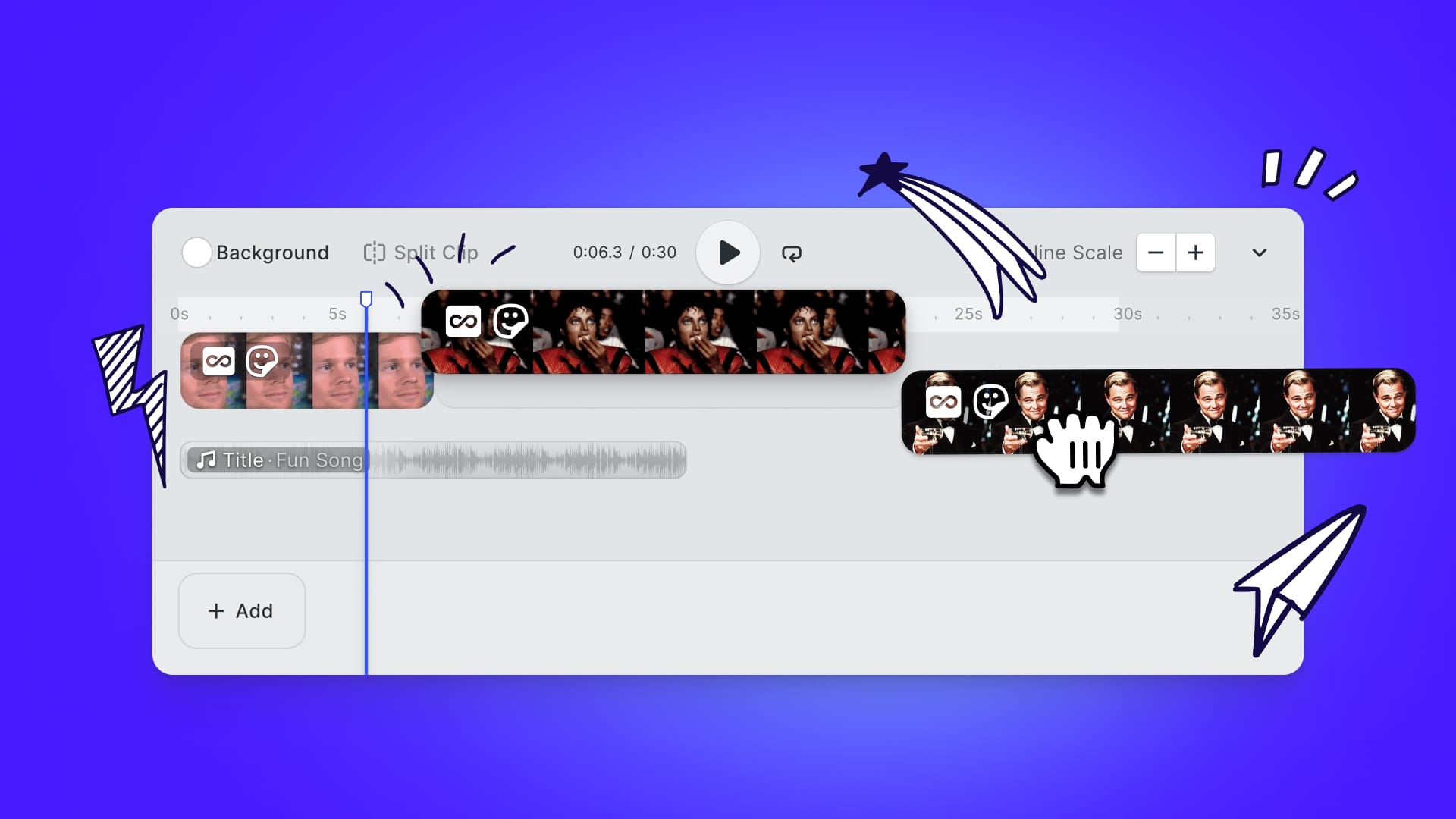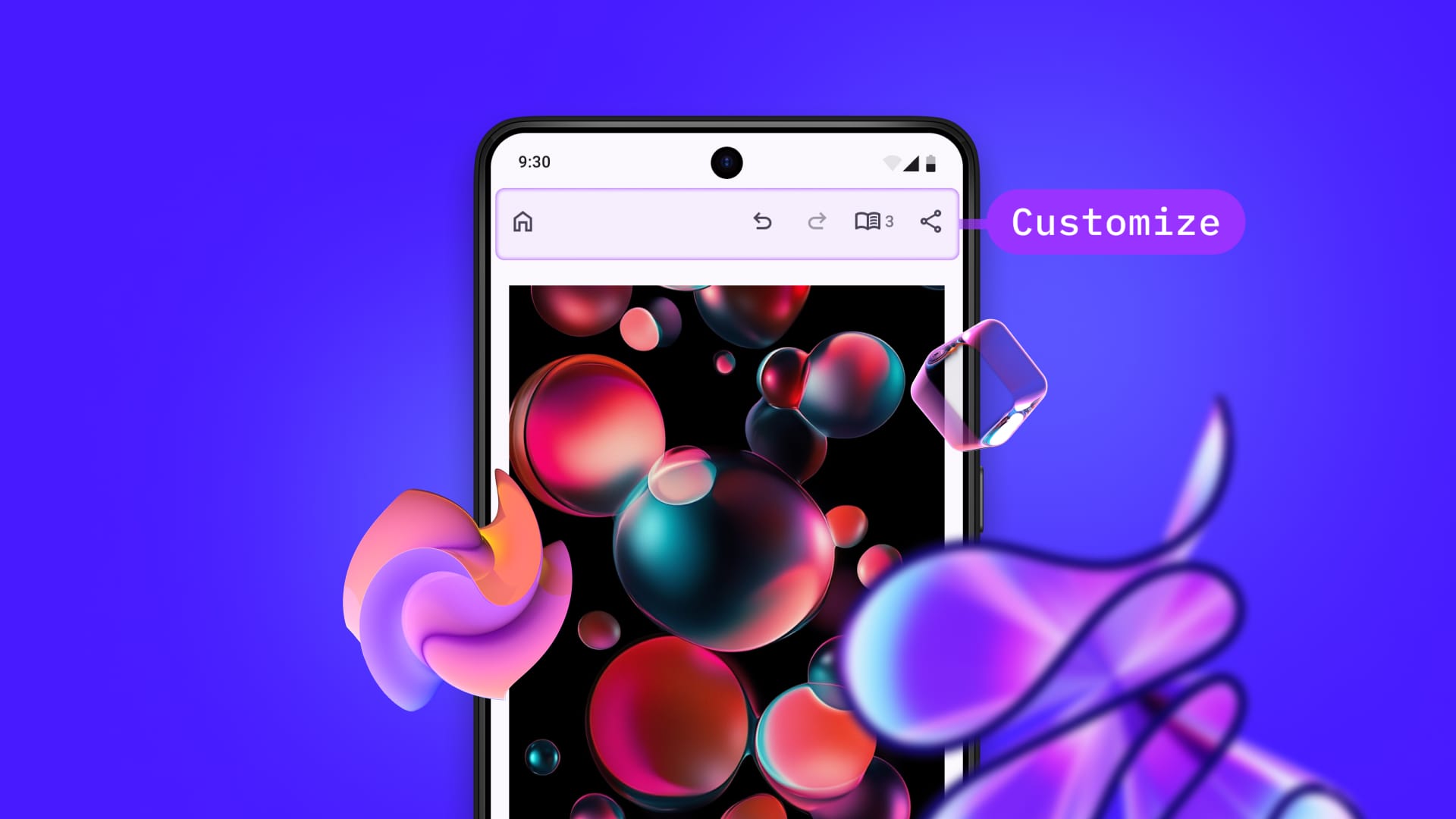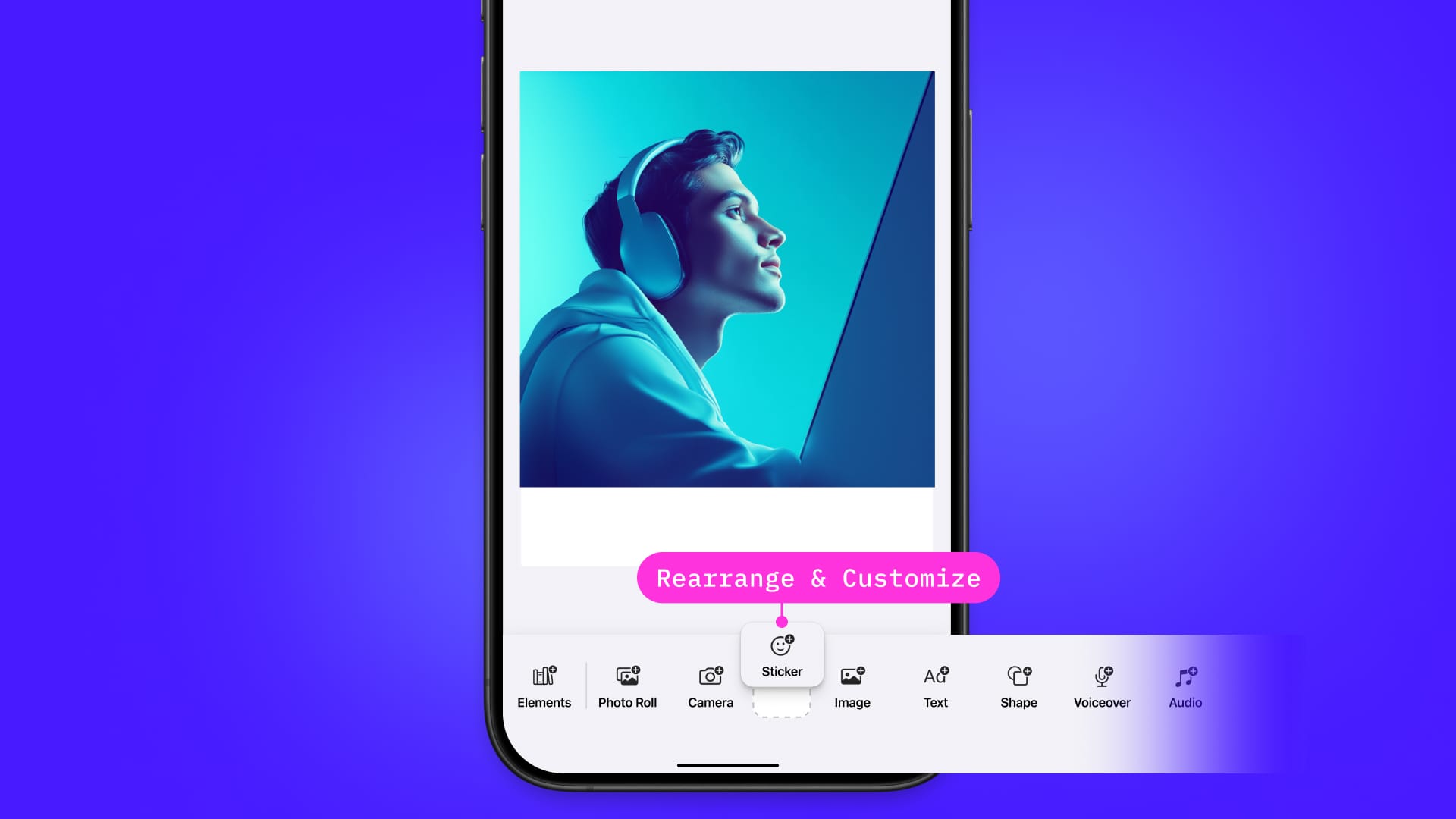Traditionally creative assets used to follow a clear lifecycle of conception, creation and use.
Designers and marketers have been thinking in terms of campaigns, timelines spanned months and the types of media to produce content for could be counted on one hand.
In this paradigm, digital asset management filled an important yet clearly circumscribed role; storing, sharing, and managing assets during the use phase of this lifecycle.
However, the rapid proliferation of digital publishing channels as well as the fast-moving nature of modern marketing campaigns means that the creation and adaptation of assets by stakeholders other than designers are becoming prevalent requirements across organizations. In the process, creative assets are increasingly becoming ‘living’ artifacts subject to frequent iterations involving many stakeholders.
Growing Market Need for Integrated Creative Workflows
Adobe’s most recent report on digital trends shows the full extent of this shift, according to the report 79% of survey respondents identified as leaders of their industries agreed with the statement that customer expectations are constantly resetting to match their best omni-channel experience, 85% concurred that the demand for content has significantly increased.
The report goes on to underline that creative workflow challenges continue to pose the greatest challenge affecting organizations' ability to keep up with and adequately serve customers' needs.
Common Challenges
About half of the respondents consider workflow issues to be a critical internal barrier holding back their marketing organization.
Paul Nicholson, Senior Vice President of Production and Technology at Showtime Networks, states that his marketing team can be working on 600 to 800 pieces of promotional content at any given time, optimizing the workflow between design and marketing involving decision makers in a seamless and timely fashion and giving enough autonomy to non-designers make design changes themselves.
Success now requires hundreds of variations of images and videos for different ad networks, social networks, market segments and localizations. Every one of these variations in turn requires versions for creative optimizations and testing,
The Need for Change
This increased need for agility, shorter iteration cycles, and timelines means that content creation and distribution are becoming intertwined requiring a unified creative workflow.
In tandem with an increasing amount of publishing channels, the addressable customer segments within those channels are becoming smaller.
Digital advertising platforms are offering ever more granular targeting options on the basis of both demographic and behavioral data.
In order to take advantage of these focused targeting abilities, the creative content served to audiences needs to be customized accordingly.
For reference, the D2C pet food retailer Pets Deli saw its online conversion rates increase by 51% as soon as its marketing started tailoring materials to smaller segments as well as personalizing messaging.
Threats and Opportunities for the DAM Industry
These trends present the DAM space with great opportunities as well as threats from adjacent industries.
The Opportunity
As a result of the above mention market pressures, marketing teams need to scale up content creation with the use of tools that are specifically designed to iterate sets of related creatives using data and templates.
The natural evolution of a digital asset management system is then to become a 360 content hub empowering the marketing team and other stakeholders while freeing up the design team for more valuable work. A great example of a DAM company doing that is Bynder, its Studio solution supports both images and videos and allows designers to create templates and define constraints so they are easily adaptable by marketers and other stakeholders.
The Threat
Just as DAMs need to expand their value proposition towards becoming tools for creating and managing change rather than static assets, design tools might expand to encompass traditional DAM functionality.
As these two domains merge both types of businesses will have to make a play for becoming the 360 content solution that meets the growing market demand described above. As such DAM companies will face competitive pressures from design-centered products.
Adobe’s Cloud Experience DAM for instance seamlessly fits with other Creative Cloud products such as Illustrator. The obvious advantage is that designers are already working with the tools and won’t have to make the shift to a different way of working.
The obstacle these companies face, however, is a classic Innovators Dilemma; it’s hard to add innovative, disruptive features to a mature product with a large customer base that might be unlikely to value those changes. It is easier for DAMs to secure early adopters for a new product line than for a design tool to move its established user base to use novel and substantially different features.
Implementing a Creative Workflow with IMG.LY’s CE.SDK
Technical viability poses the biggest challenge for implementing a creative workflow, apart from a great UX the complexities of building graphics processing on the web or mobile are immense.
Fortunately, you do not have to commit valuable engineering resources, time, and money to add creative editing to your DAM solution.
IMG.LY’s CreativeEditor SDK is a cross-platform design editing and automation solution you can integrate with ease into any web, mobile, or desktop app and customize to fit your use case perfectly.
Creative Workflow for DAMs Example
Let’s look at an example workflow of an imaginary DAM Carpeta.
Carpeta’s customer OGNX is a skincare brand part of a large consumer brand conglomerate. Until now they have used Carpeta to distribute product designs and marketing material to the marketing and communications team, there are a host of files in different formats originating in various design tools.
OGNX is planning a large campaign for their new product line, but marketers are worried that design resources will present a bottleneck as they are planning to test different variations of CTA and color schemes in a large number of formats for different channels.
Luckily, Carpeta has just rolled out its new Creative Studio powered by CE.SDK.
OGNX’s design team can now import files from tools such as InDesign and start creating templates for marketers and A/B testers to work with.
Creating Smart Templates
In the example below, a designer is creating a template setting a constraint that the logo cannot be changed or rearranged.
Defining dynamic elements using variables
The text used as CTA is defined as a text variable to allow populating the template programmatically for each customer segment or personalized campaigns. Thereby ensuring that all designs are consistent with regard to branding while users adopting it have enough leeway to create unique variations.
Template delivery and adaptation
Now, the template can be centrally stored in Carpeta’s DAM, and a marketing team preparing a campaign on social media can make changes to it using the CE.SDK design UI. In our example, they are testing different color schemes and CTAs which they provide from a central data store.
Automatically generating variation using the CE.SDK API
In addition, Carpeta uses the CE.SDK’s headless API to generate designs in different user-defined formats for each social media channel.
Conclusion
The way organizations work with their assets is evolving quickly, the proliferation of marketing channels, shrinking customer segments, and personalized messaging increase the volume and variations of creatives and require ever-shorter timelines and iteration cycles.
This presents a unique opportunity for digital asset management systems to incorporate creative workflows into their solution and grow to become 360 content management and creation hubs meeting this demand.
IMG.LY’s CE.SDK allows DAM companies to focus entirely on delivering the optimal solution to their users while relying on battle-tested tech and category-leading UX to build optimal creative experiences.
Schedule a demo today to explore how you can integrate creative editing into your DAM product.

